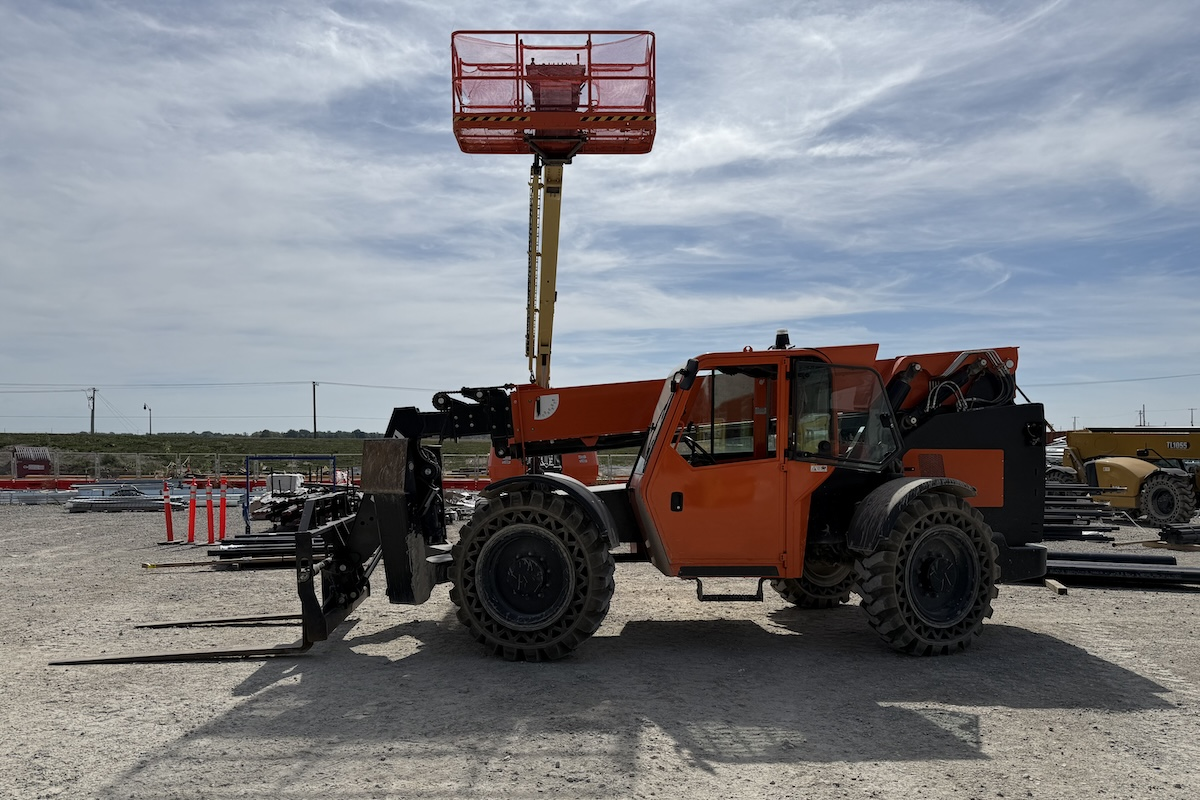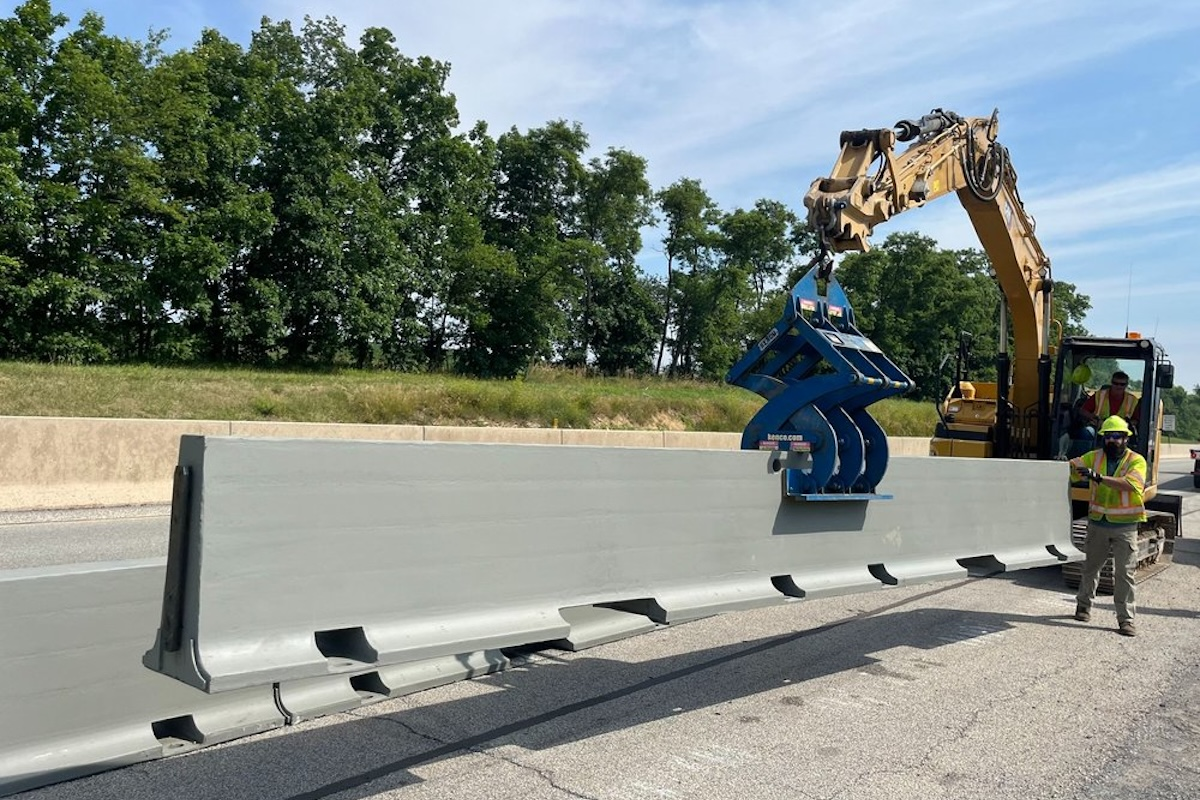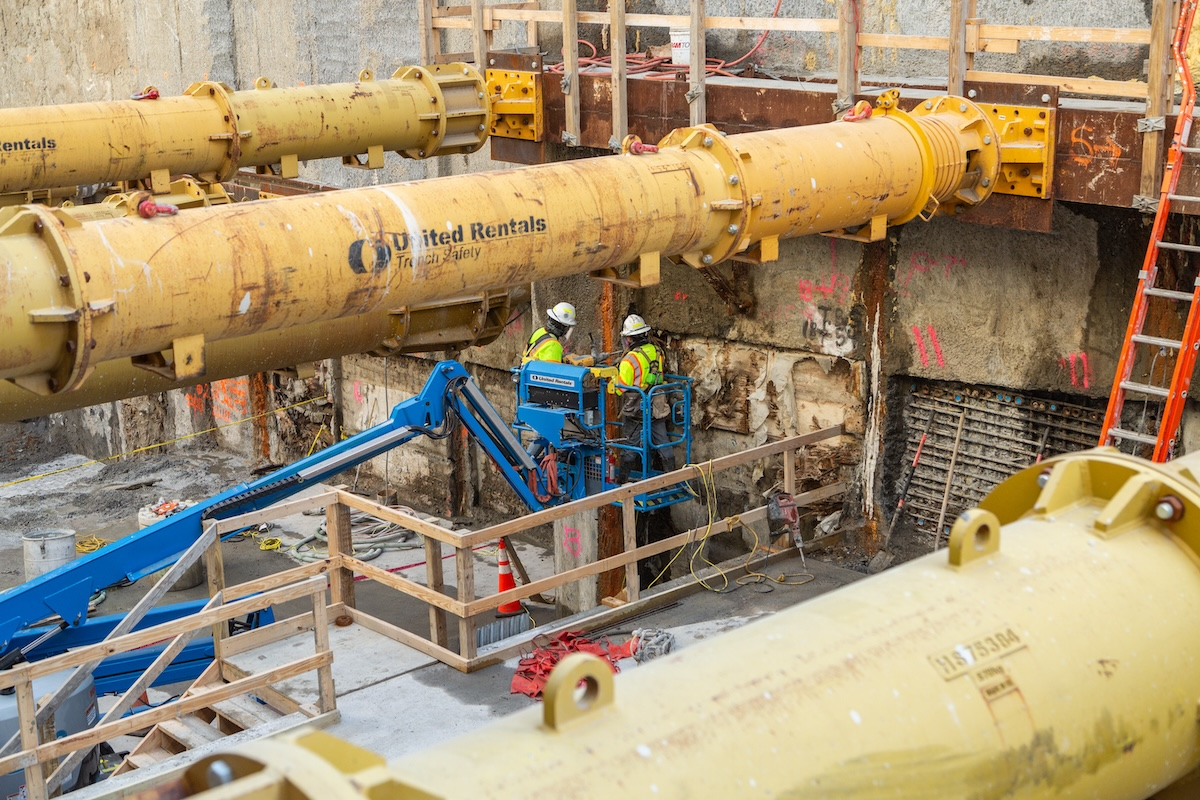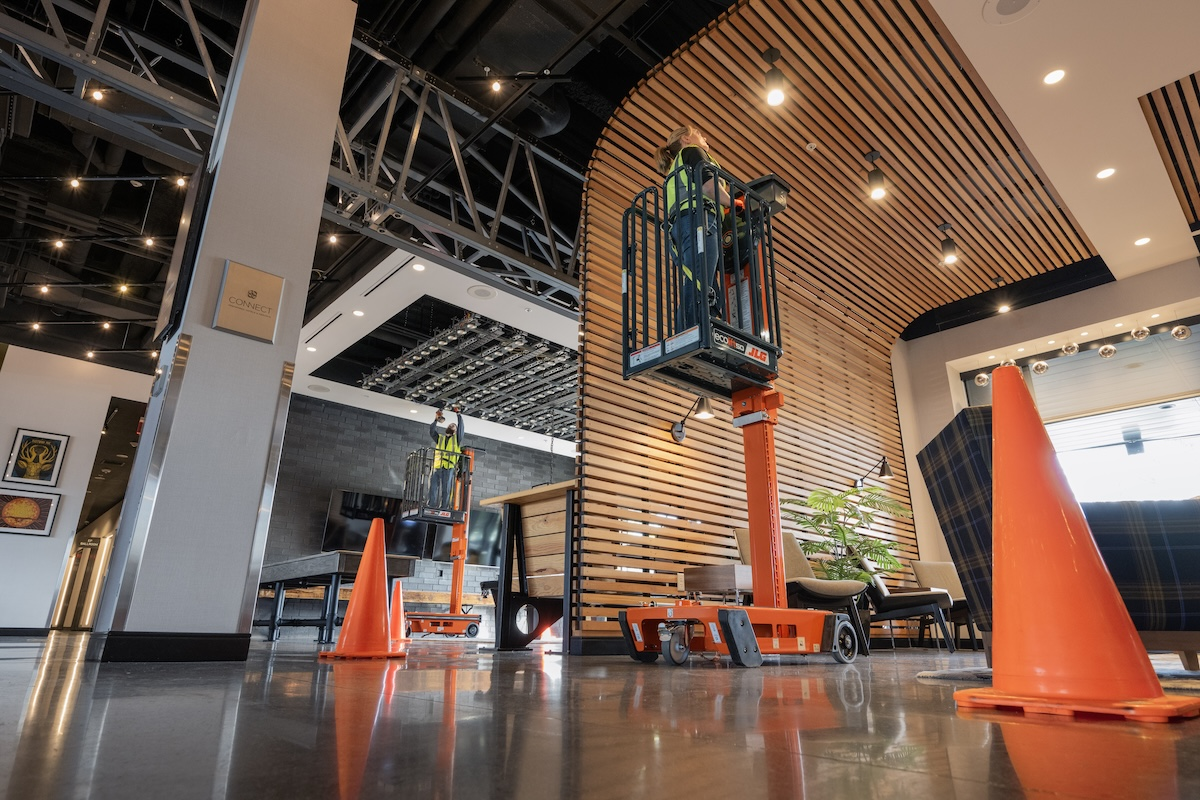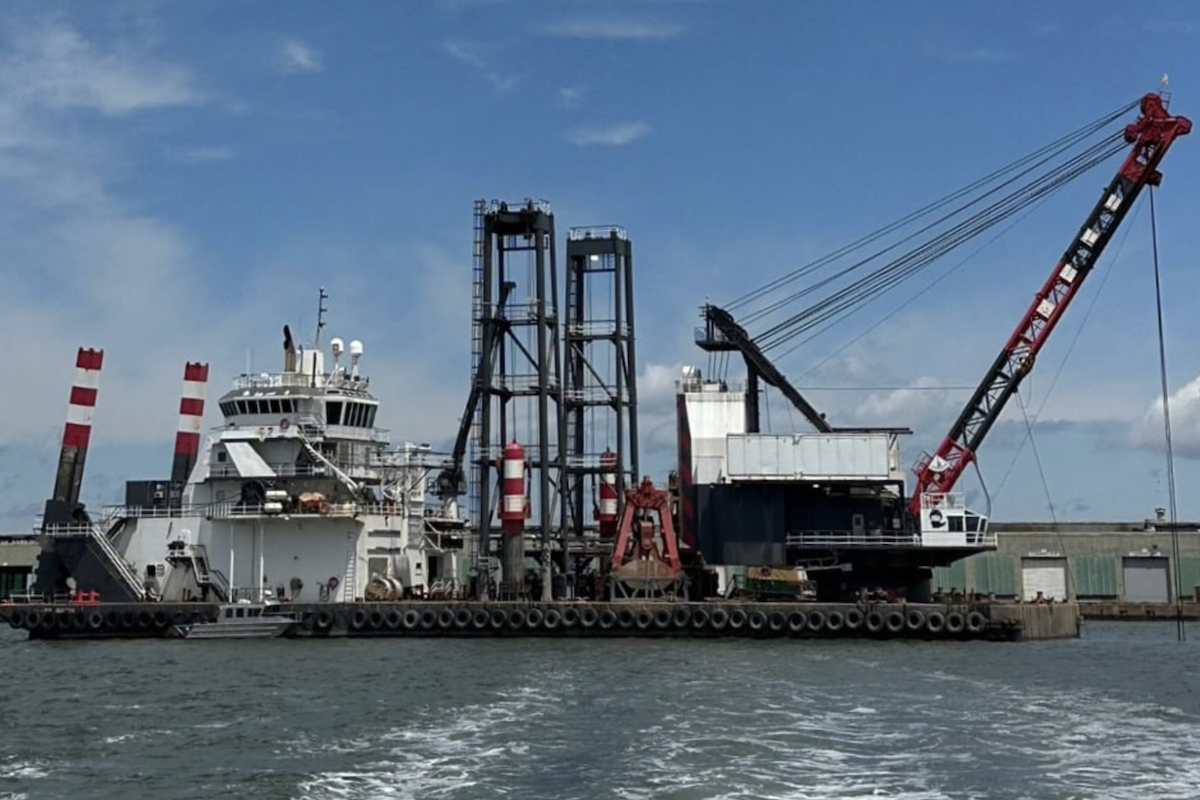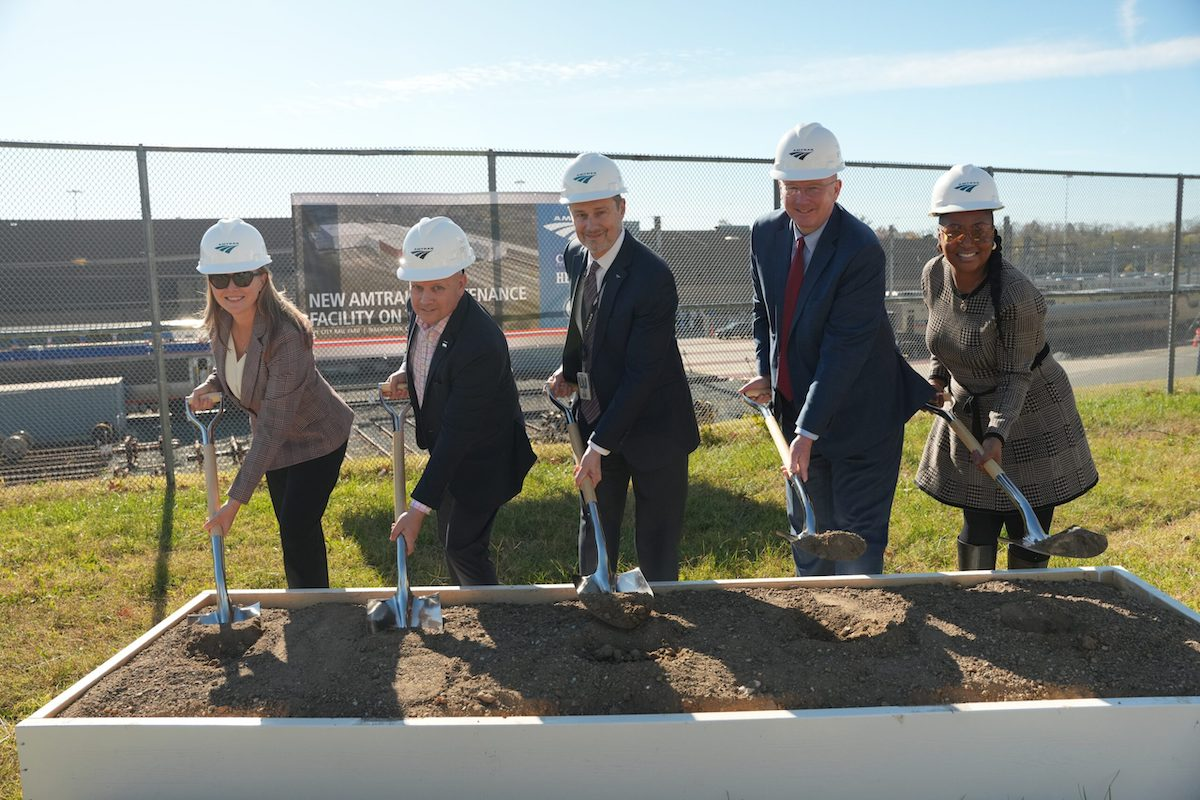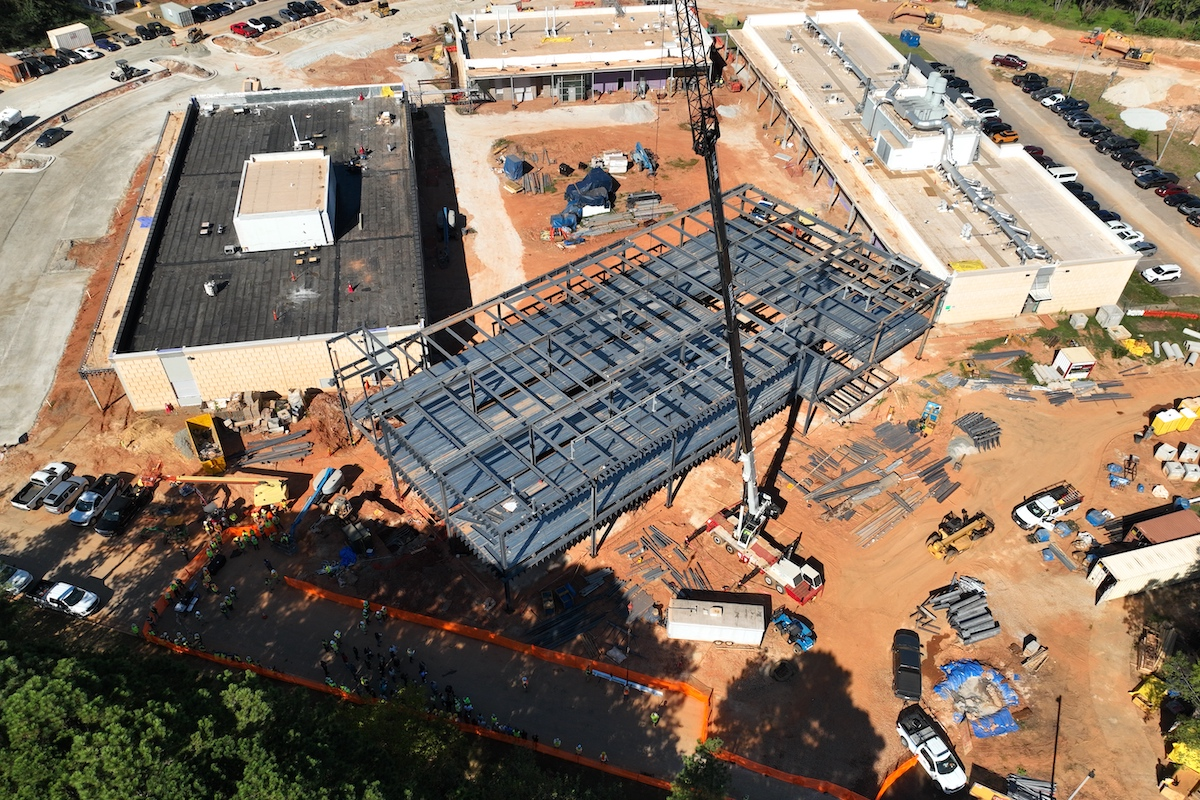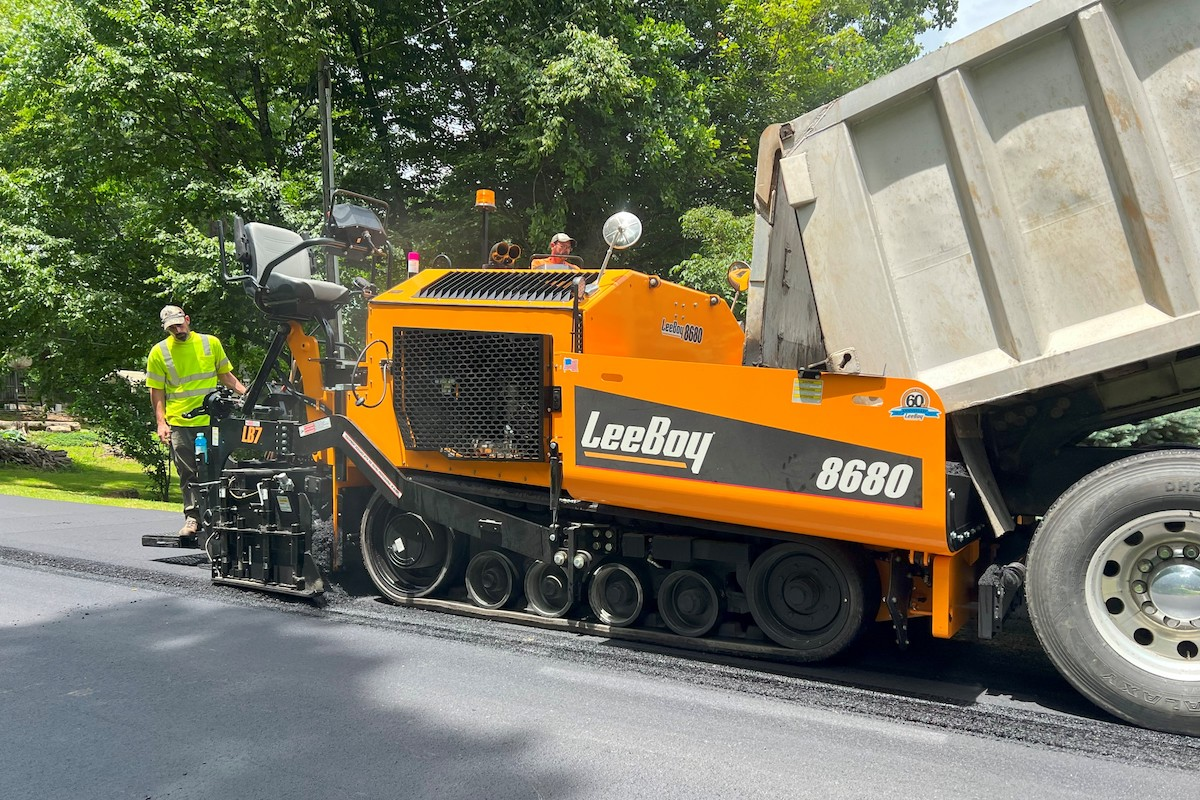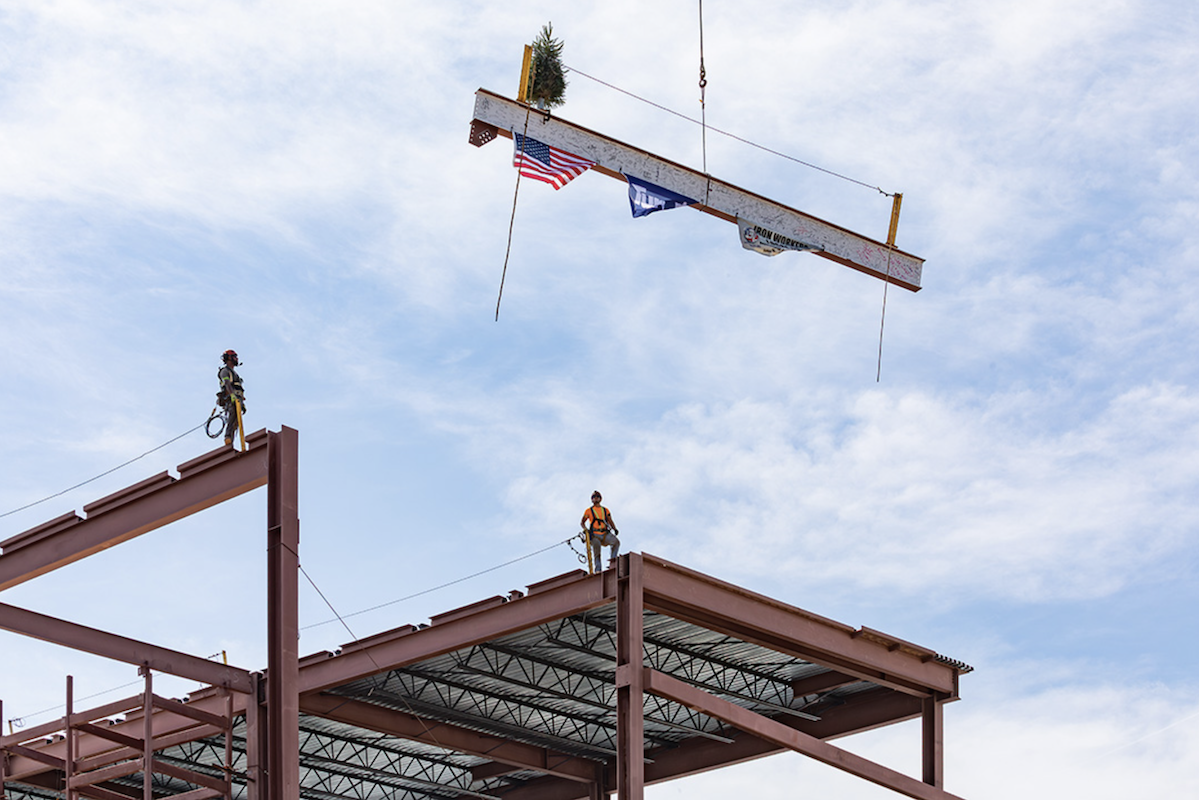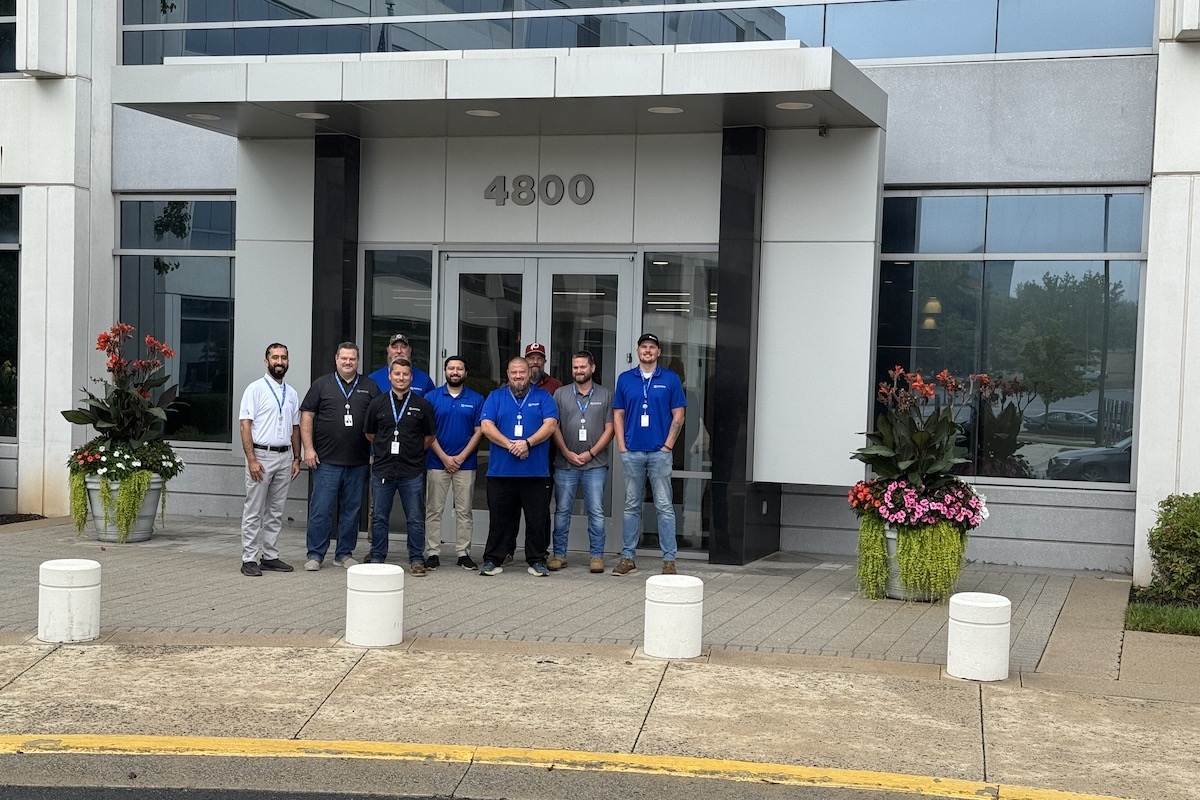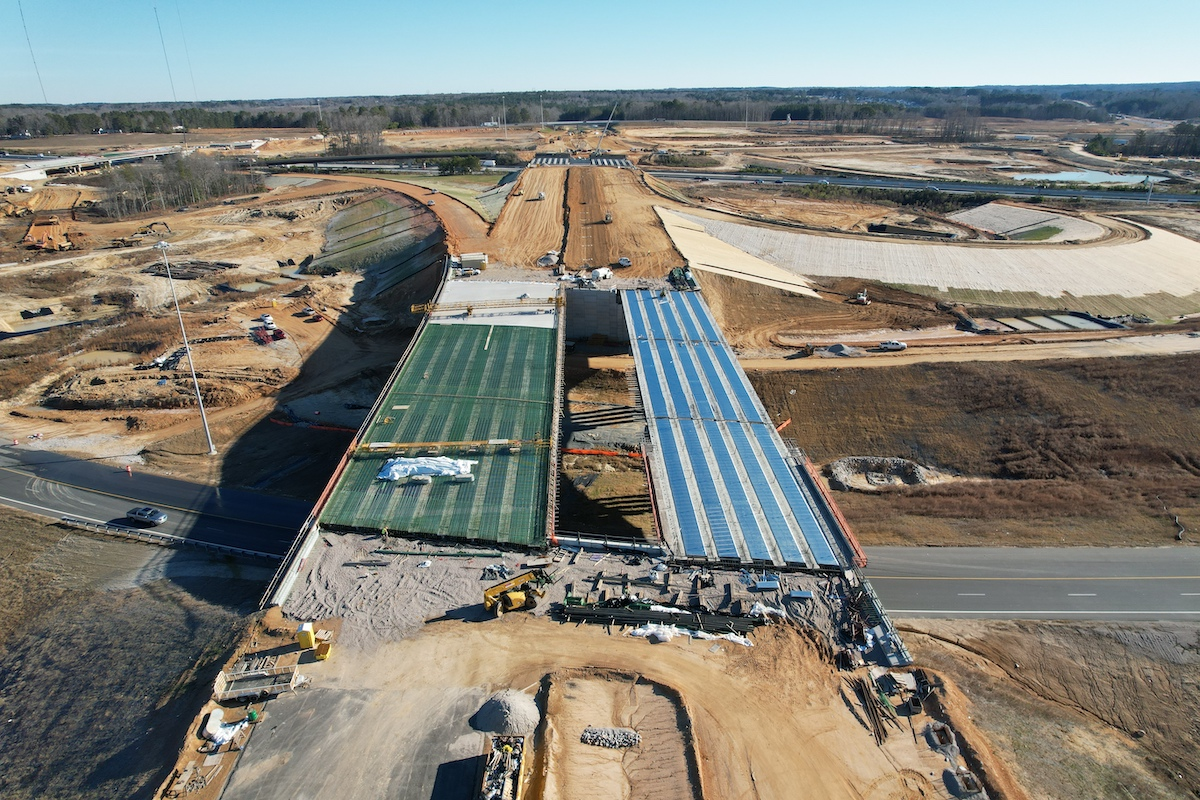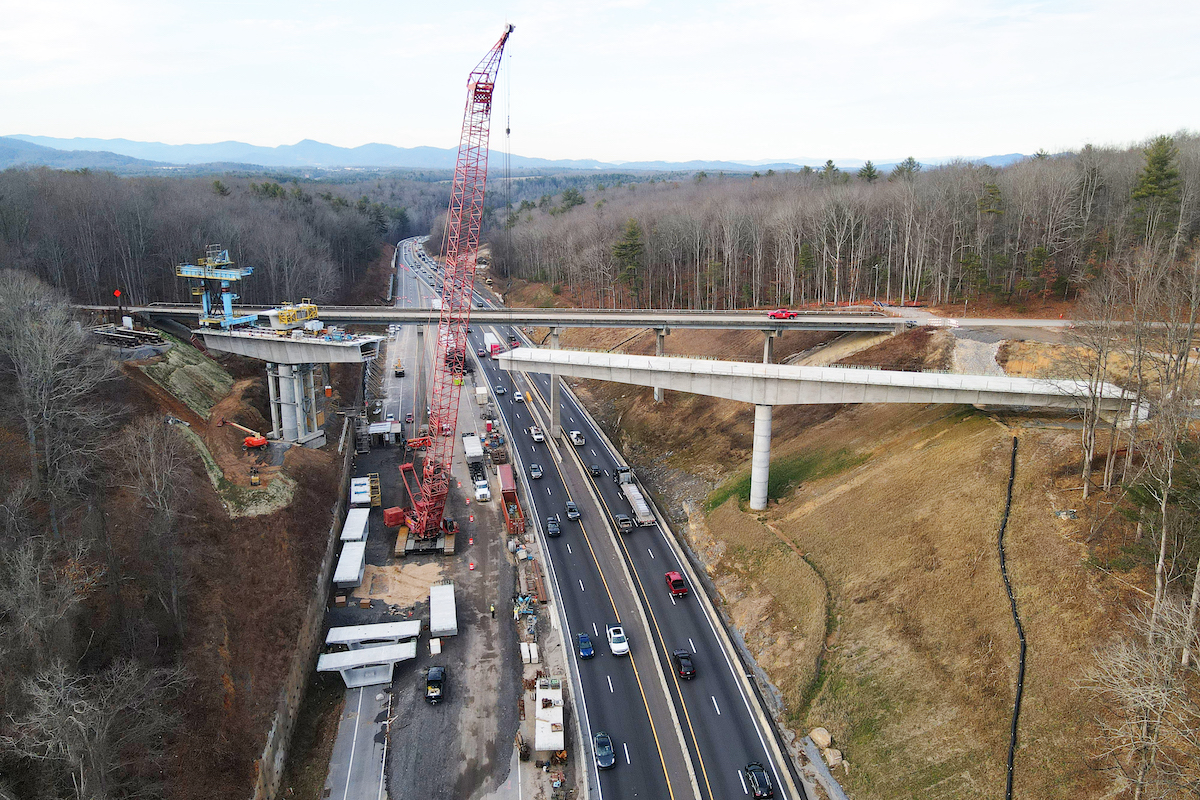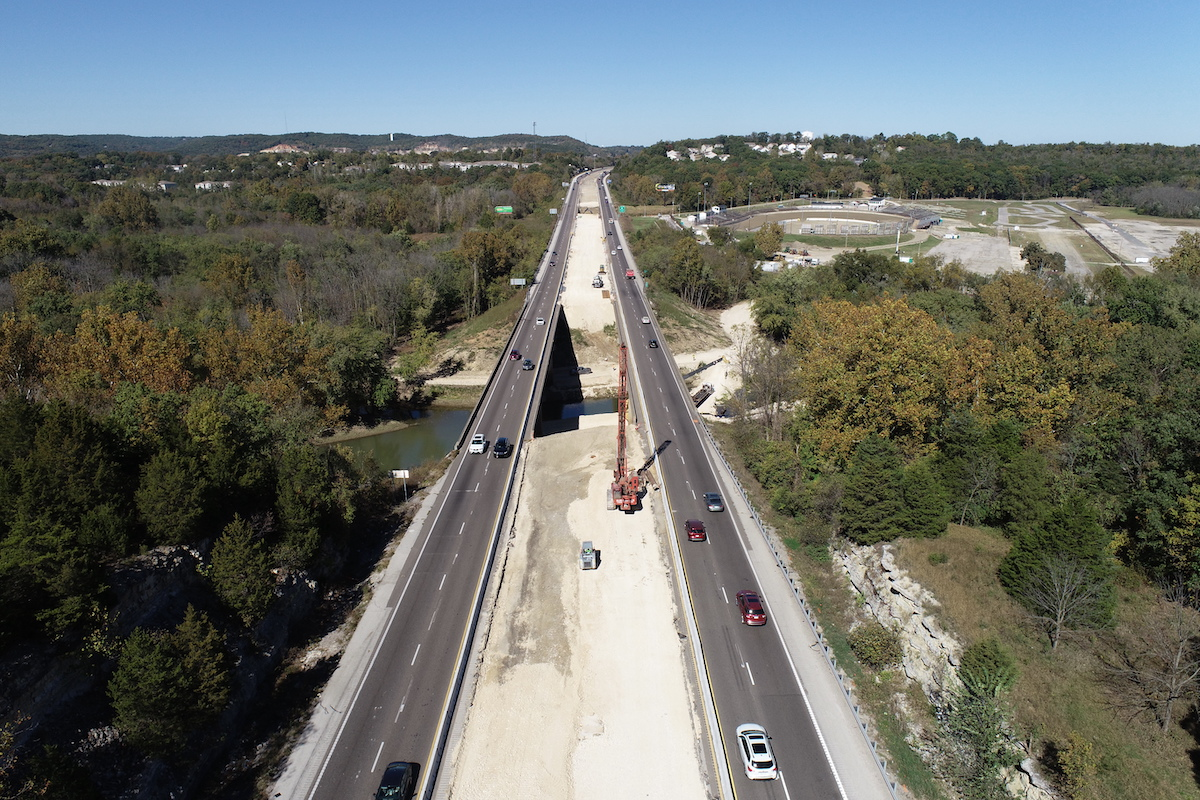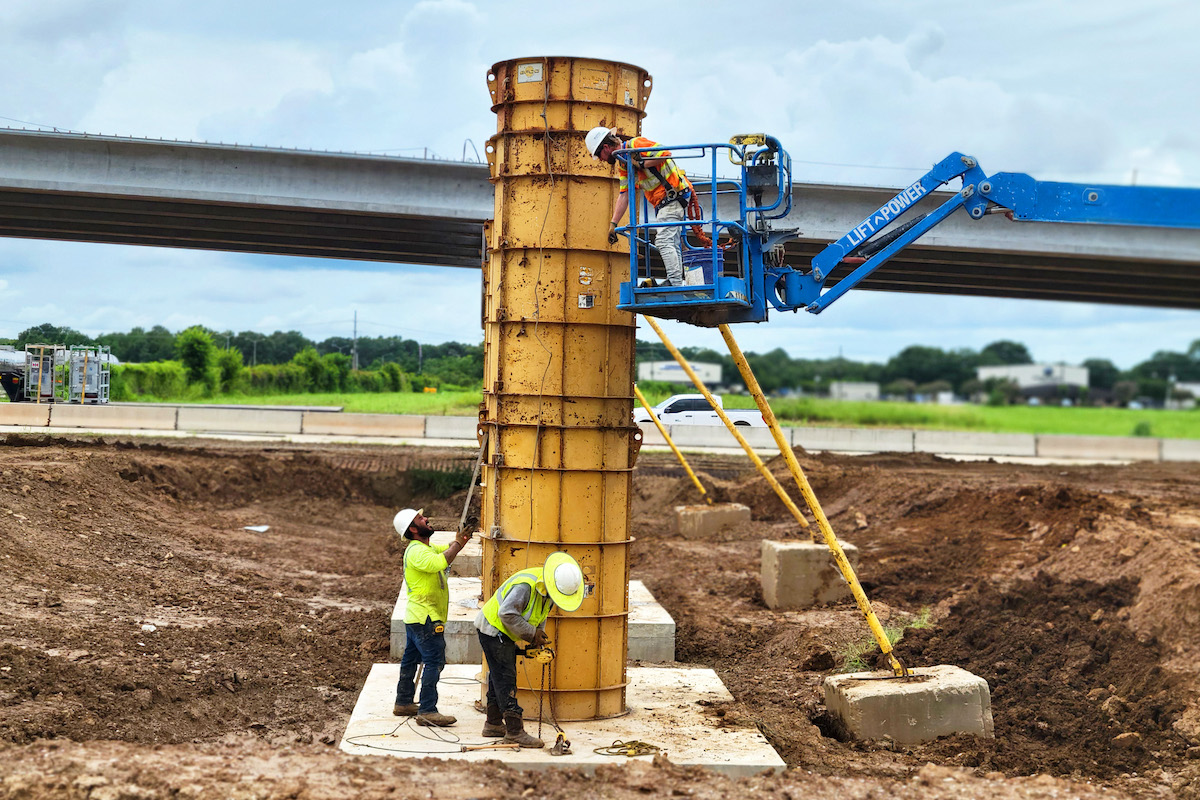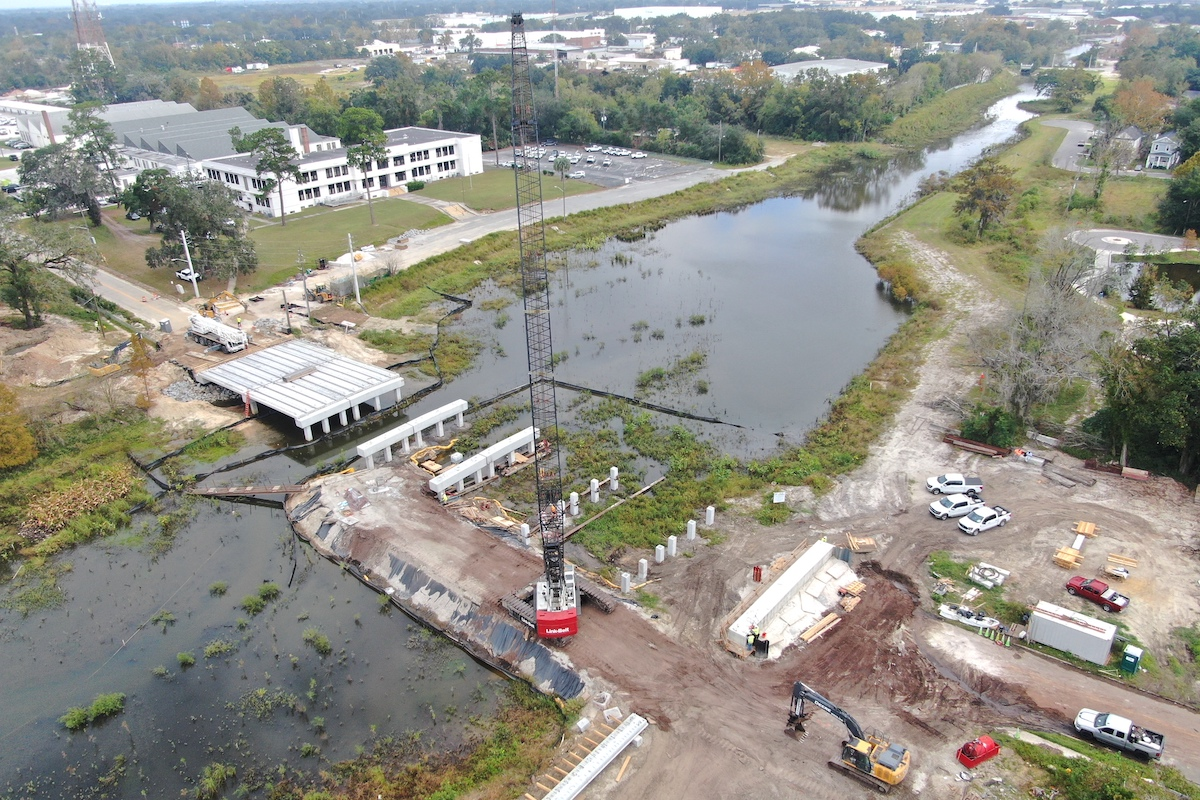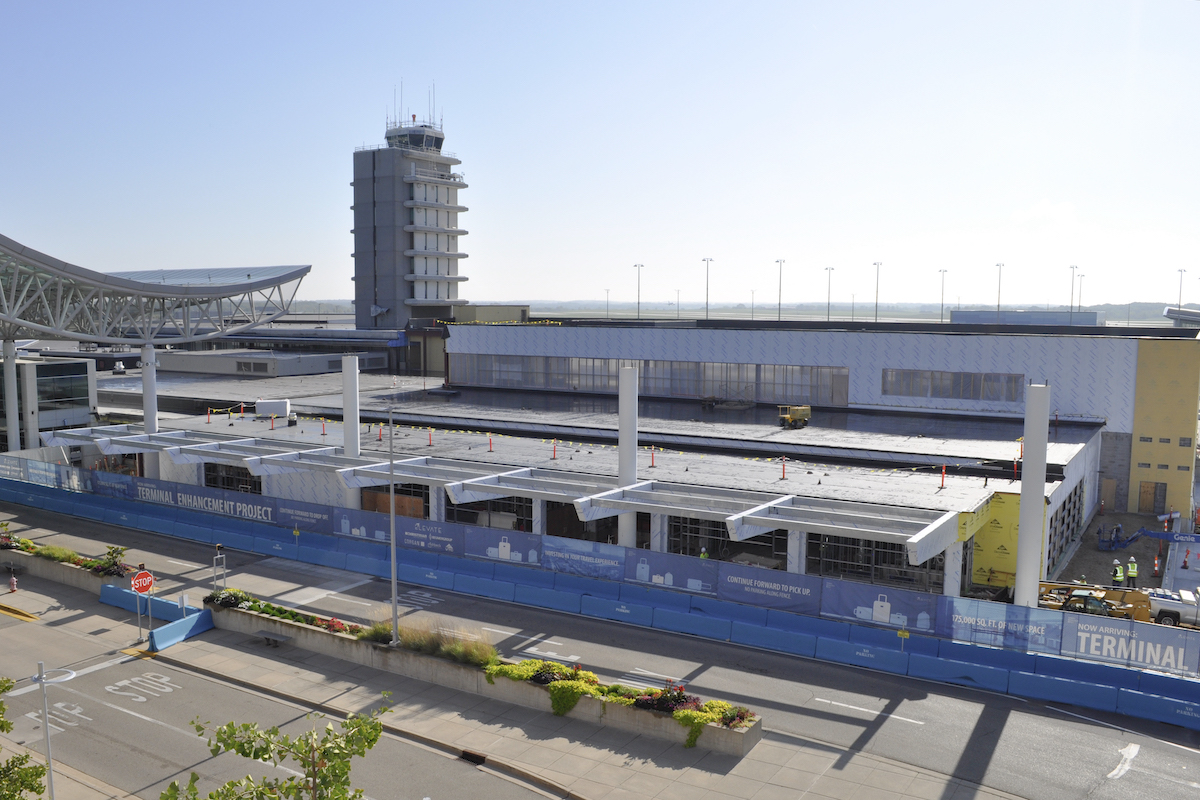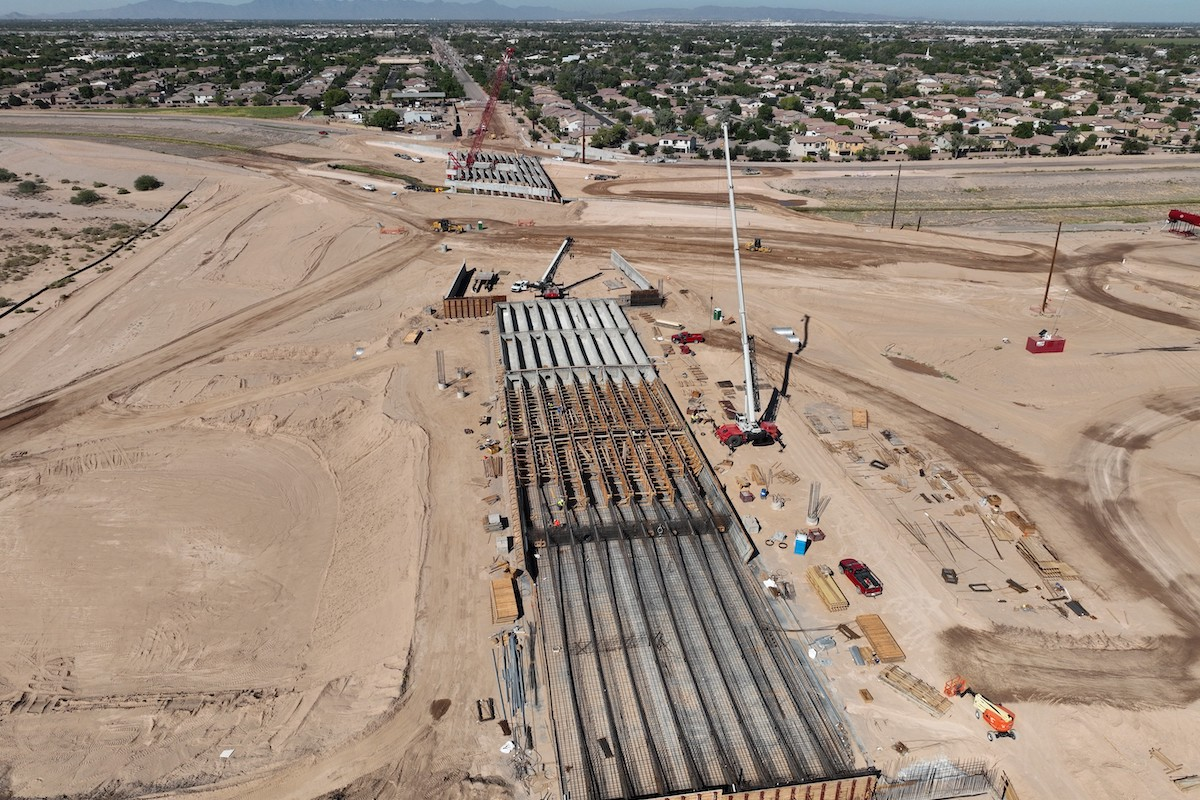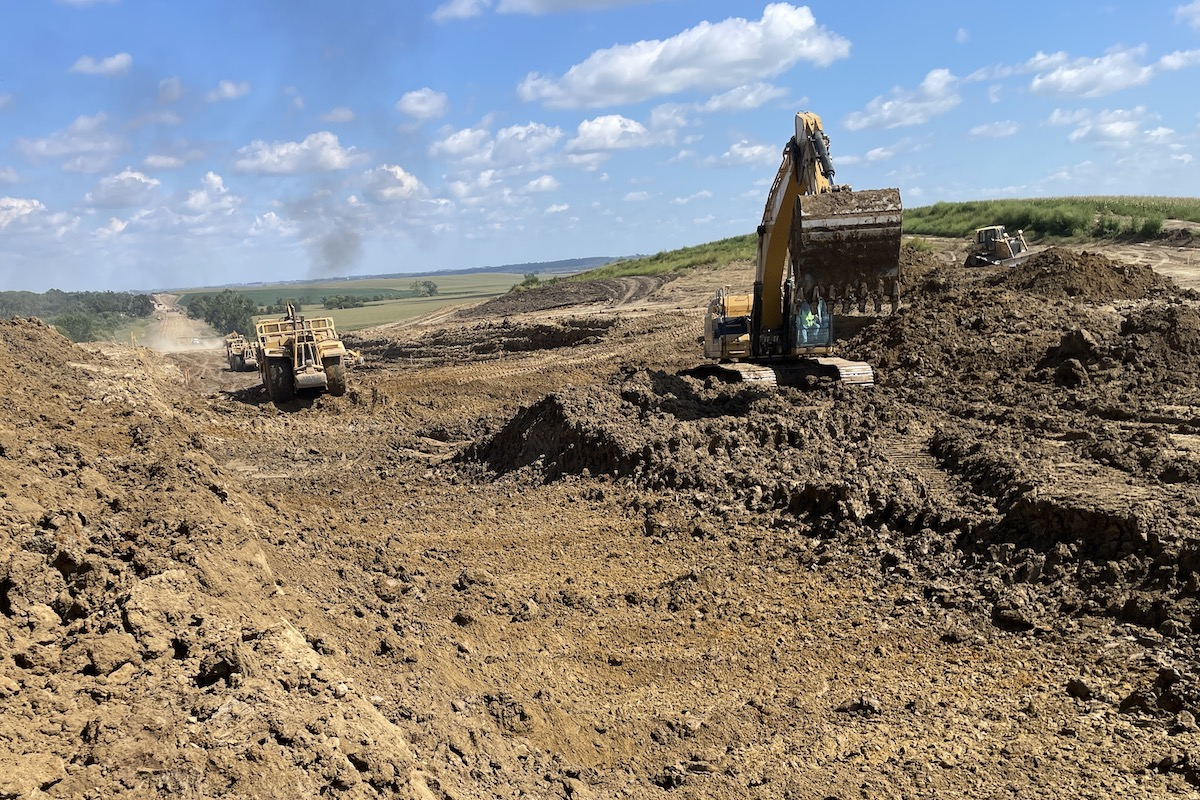ASHEVILLE, NC — In the aftermath of Hurricane Helene, which devastated Western North Carolina (WNC) in late September 2024, the North Carolina Department of Transportation (NCDOT) has launched the largest transportation reconstruction program in its history. The program has the support of other state transportation agencies, federal agencies, and private sector organizations.
A new report released by TRIP, a Washington, D.C.-based national transportation research nonprofit, reviews the impact of Hurricane Helene on Western North Carolina’s transportation network, the initial response, the status of the recovery of the region’s transportation system, the cost of needed repairs, and the plan and timeline to fully restore WNC’s network of roads, bridges, and rail.
According to the TRIP report, “WNC Strong: Rebuilding Western North Carolina’s Transportation System Following Catastrophic Damage from Hurricane Helene,” flooding from Hurricane Helene devastated WNC’s transportation system, washing out numerous roads, highways, bridges, and rail lines, as well as isolating multiple communities. NCDOT estimated that the storm damaged nearly 9,400 sites, resulting in the closure of 1,400 state-maintained roads and damaging 818 state-maintained bridges. Some of the most heavily damaged routes included portions of Interstate 40 along the Pigeon River Gorge, U.S. 19W, U.S. 64/74 near Chimney Rock, N.C. 197 near Pensacola, and U.S. 64 and 74A.
In response, over 2,000 NCDOT employees have logged more than 1 million hours to begin restoring critical infrastructure, with support from federal and state agencies, private contractors, and consultants. A significant portion of the damaged structures required extensive repairs, with some level of rebuilding necessary in the vast majority of cases. Of the approximately 9,400 damaged sites that required assistance from NCDOT, 73 percent — a total of 6,822 sites — would require an additional rebuild of the structure. The largest projects include the reconstruction of portions of Interstate 40, roadways in the Toe and Nolichucky region, portions of U.S. 19W, N.C. 197, and portions of U.S. 64 and 74 in the Chimney Rock area.
As of late May 2025, 97 percent of storm-related closures on state-maintained roads have been reopened. However, 42 state-maintained roads remain closed and 53 state-maintained roads have only partial access. Repair or replacement was completed on 447 state-maintained bridges (52 percent of total damaged), 55 large culverts (59 percent of total damaged), and 1,064 small culverts (nearly 100 percent of damaged). While the permanent replacement of 16 state-maintained bridges has been completed, 138 state-maintained bridges still await permanent replacement. After significant repairs to the state’s rail network, service has resumed on most lines, although some rail segments in Buncombe, McDowell, Yancey, and Mitchell Counties remain out of service.

| Your local Topcon Positioning Systems Inc dealer |
|---|
| Linder Industrial Machinery |
“We are grateful for the heroic work that has been done to restore Western North Carolina’s transportation infrastructure,” said Kit Cramer, President and CEO of the Asheville Area Chamber of Commerce. “It’s imperative that we find the funding to finish the job for the good of the entire state’s economy and the ongoing health of our transportation system.”
North Carolina faces significant costs to address the damage caused by Hurricane Helene. While the federal government is expected to cover the largest share of the cost, additional storm-related expenditures by the state will leave less funding available for needed improvements and repairs to the transportation network in other areas of the state as the funds are redirected to hurricane recovery efforts.
The current estimate to repair and replace roads, highways, and bridges damaged by Hurricane Helene is approximately $5 billion, with federal contributions anticipated to cover 81 percent of the cost, leaving North Carolina to pay for the remaining $917 million cost. NCDOT will pay all costs upfront, with the largest impacts to the department’s cash reserves occurring in state fiscal year 2026 and 2027 before federal reimbursements are forecast to exceed disaster recovery spend. Through March 2025, NCDOT has spent $574 million on Helene recovery and has been reimbursed with about $130 million in federal funding.
However, without additional funding to pay for needed road, highway, and bridge repairs in Western North Carolina, the state may risk further deterioration of its other state-maintained roads and bridges. The forecasted state share of $917 million is approximately equivalent to one year of general maintenance spend, 18 months of contracted resurfacing spend, three years of bridge program spend, or 10 years of bridge preservation spend.

| Your local Komatsu America Corp dealer |
|---|
| Linder Industrial Machinery |
“TRIP’s WNC Strong report underscores the urgent need for transportation investment in North Carolina,” said Gary Salamido, President and CEO of the NC Chamber. “To stay competitive and ensure safe, efficient movement of people and goods, we must invest statewide — especially in Western North Carolina. The NC Chamber is pushing for diversified funding solutions, including lifting the cap on public-private partnerships, to unlock new opportunities across the state.”
NCDOT estimates that deferring maintenance on its transportation system as a result of redirected funding in the wake of Hurricane Helene would have significant long-term impacts on the overall condition of the transportation system. If approximately $1.4 billion is redirected from the state’s highway fund over the next five years (an average of $300 million each year), the statewide route score, which evaluates the condition and smoothness of pavements, would drop from its current level of 83 to 71 in five years.
“NCDOT and its partners have done tremendous work to rebuild Western North Carolina’s transportation network to keep people and commerce moving in the aftermath of Hurricane Helene,” said Dave Kearby, TRIP’s Executive Director. “It will be critical that these vital efforts to rebuild do not come at the cost of making needed improvements to the rest of the state’s transportation system.”





